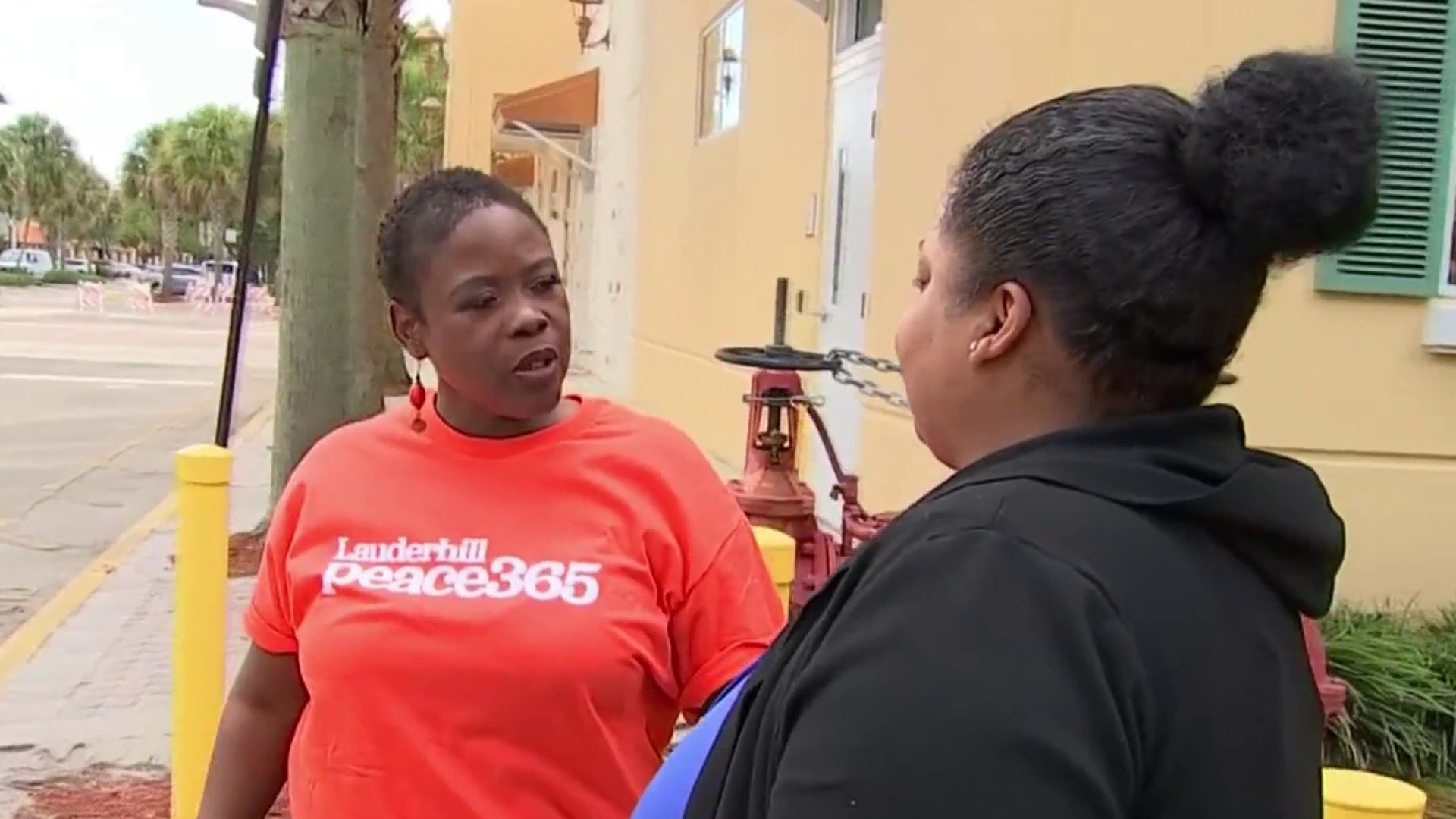It looks like a small bright yellow torpedo with a black nose.
Nicknamed "Waldo," it is an unmanned oil hunter and it is now on the job in the Gulf of Mexico.
Mote Laboratories, a company in Sarasota, has already launched two of the underwater gliders. Waldo is the third and a fourth is on the way.
Waldo will make its way along a programmed course 200 feet below the Gulf surface. Waldo's sensors are fine tuned for one thing: to detect the presence of BP Deep Horizon oil.
Hopefully, this Waldo won't get lost along the way. Last year, one of the devices went AWOL for more than a week in the gulf.
Dr. Dave Vaughn says the $140,000 scientific instrument gathers readings and surfaces every four hours and uploads information to a satellite. If oil is detected, scientist monitoring the readings will contact responding government organizations to take samples to see if indeed the oil is from the oil spill.
A crew from Mote Labs took the oil hunter to a launch location 15 miles northwest of Key West. The batteries can last up to a month and as Dr. Alan Hails, the mission cost is cheap, about $4,000 and Waldo runs 24/7 without interruption.
Local
The unmanned robot will patrol in the area where the loop current runs. Scientists have predicted the current could pull oil down along the Keys and into the Atlantic, pushing vestiges of the spill along the east coast of Florida.
Mote Labs has an environmental response team that would swing into action if the oil is spotted.



